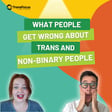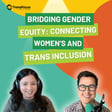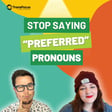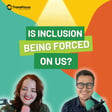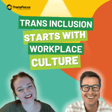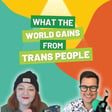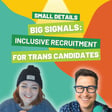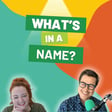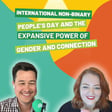
Calling All Data Nerds: Let's Fix Gender Data
In this episode of Gender in Focus, Kai and El are tackling a crucial aspect of workplace inclusion: how we collect gender data. We discuss ways to update our approach to gender data collection, with a particular focus on being inclusive of trans, non-binary and Two-Spirit people. We explore why it’s time to rethink how this information is gathered, and how a more thoughtful approach can make all the difference for inclusion.
We also break down why clarity, consistency and intentionality matter when collecting gender data, and how organizations can avoid common pitfalls. With these principles in mind, Kai shares practical advice for organizations looking to update their approach, from setting up gender data collection systems to avoiding common mistakes.
And don’t miss out on our free downloadable decision-making tool to help guide your organization through this process. If you’re ready to rethink how your workplace handles gender data and improve inclusion for all, this episode is for you!
For more information about our Gender Data Program, visit our site here!
To download our free Trans Day of Visibility, check it out here
For TransFocus' TDOV Live Sessions - check them out here!
___________
Want to get in touch? Contact us at podcast@transfocus.ca
Join us on social media:
LinkedIn | Instagram | TikTok | Threads | Facebook
